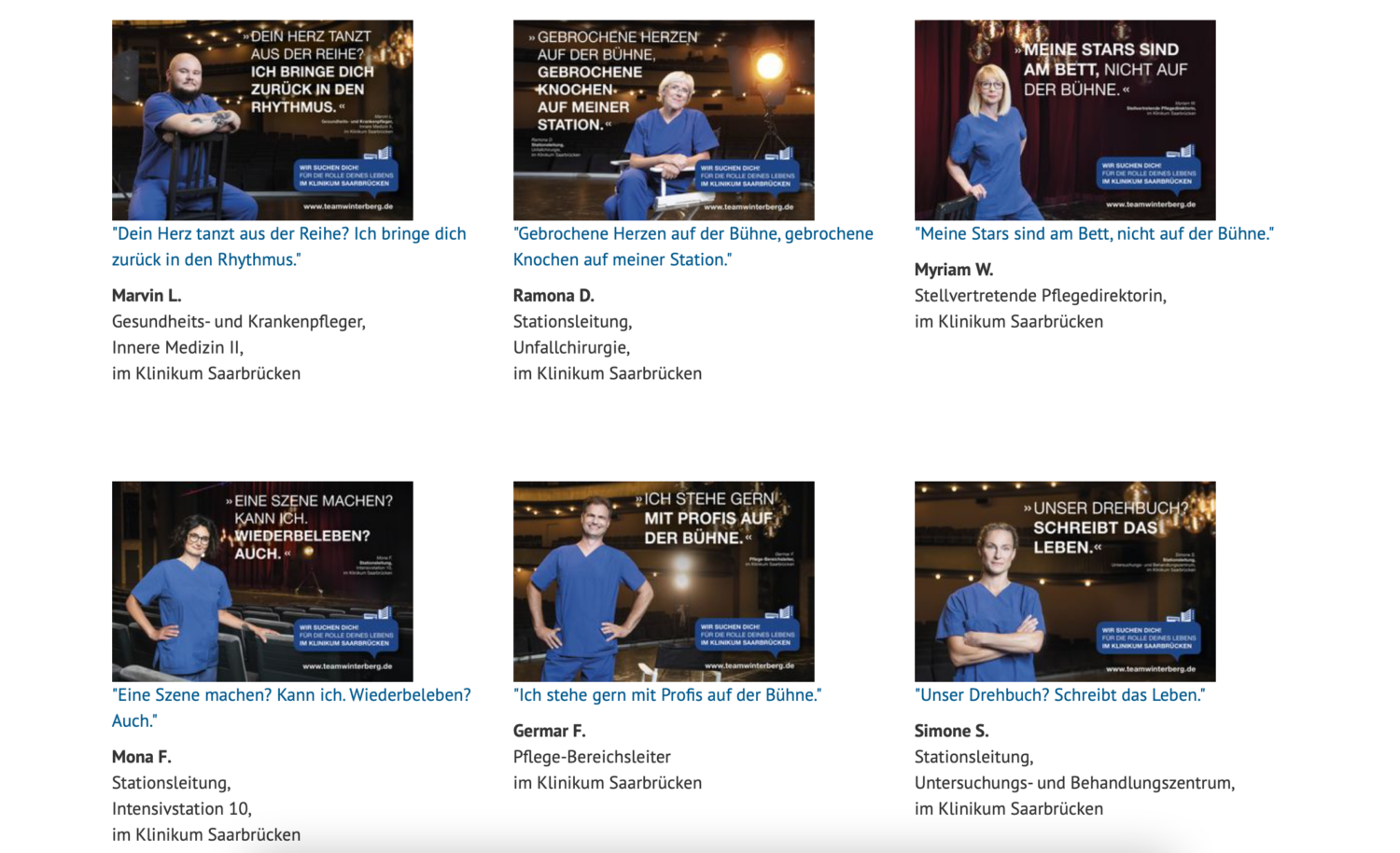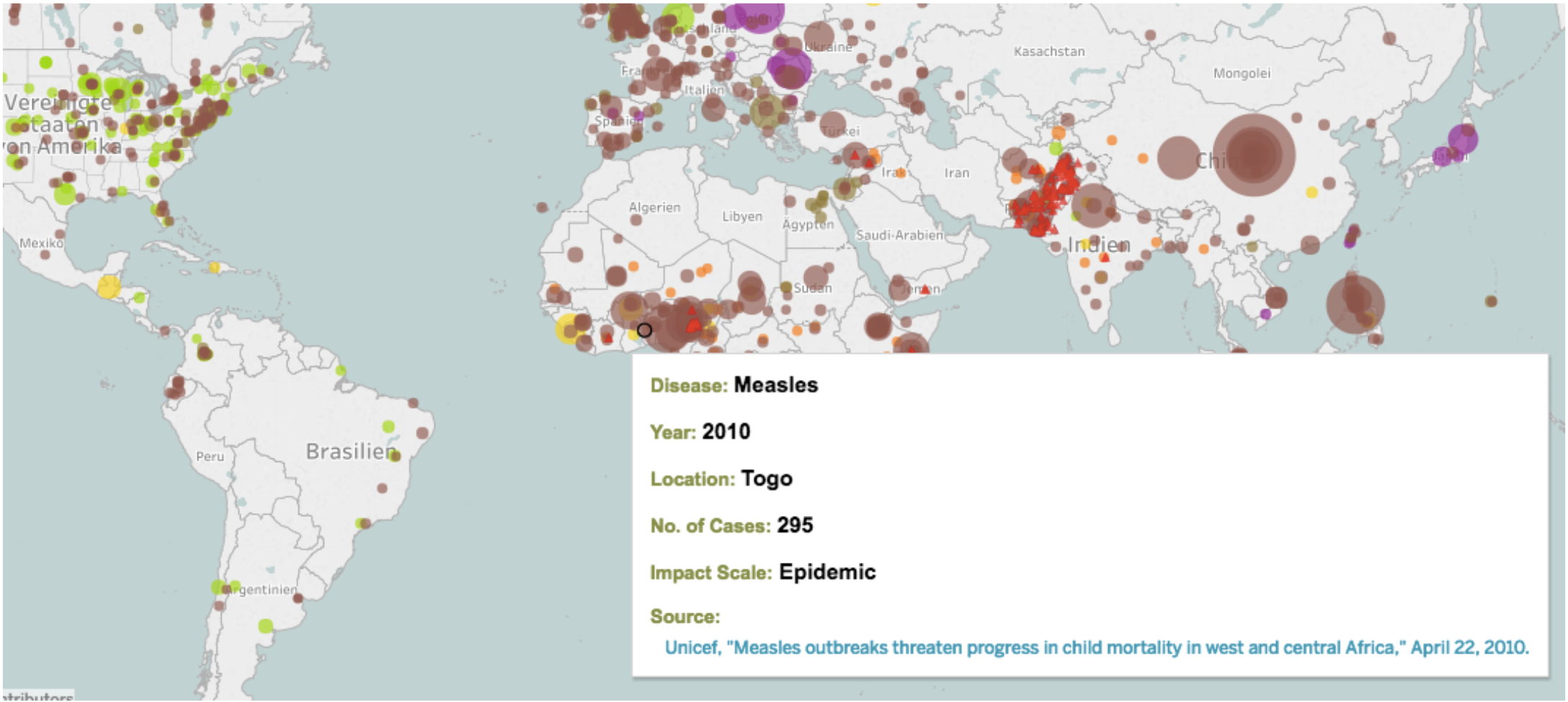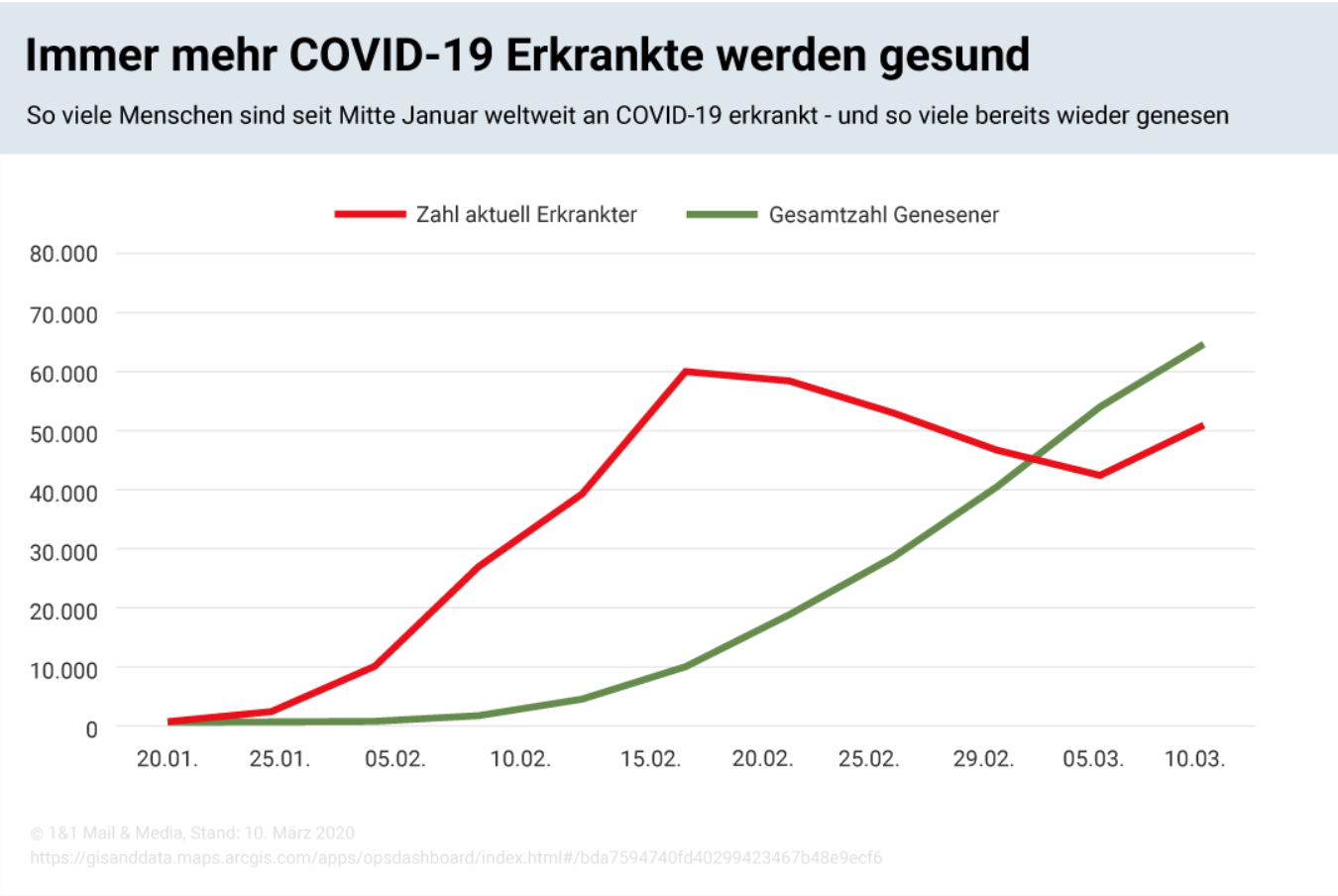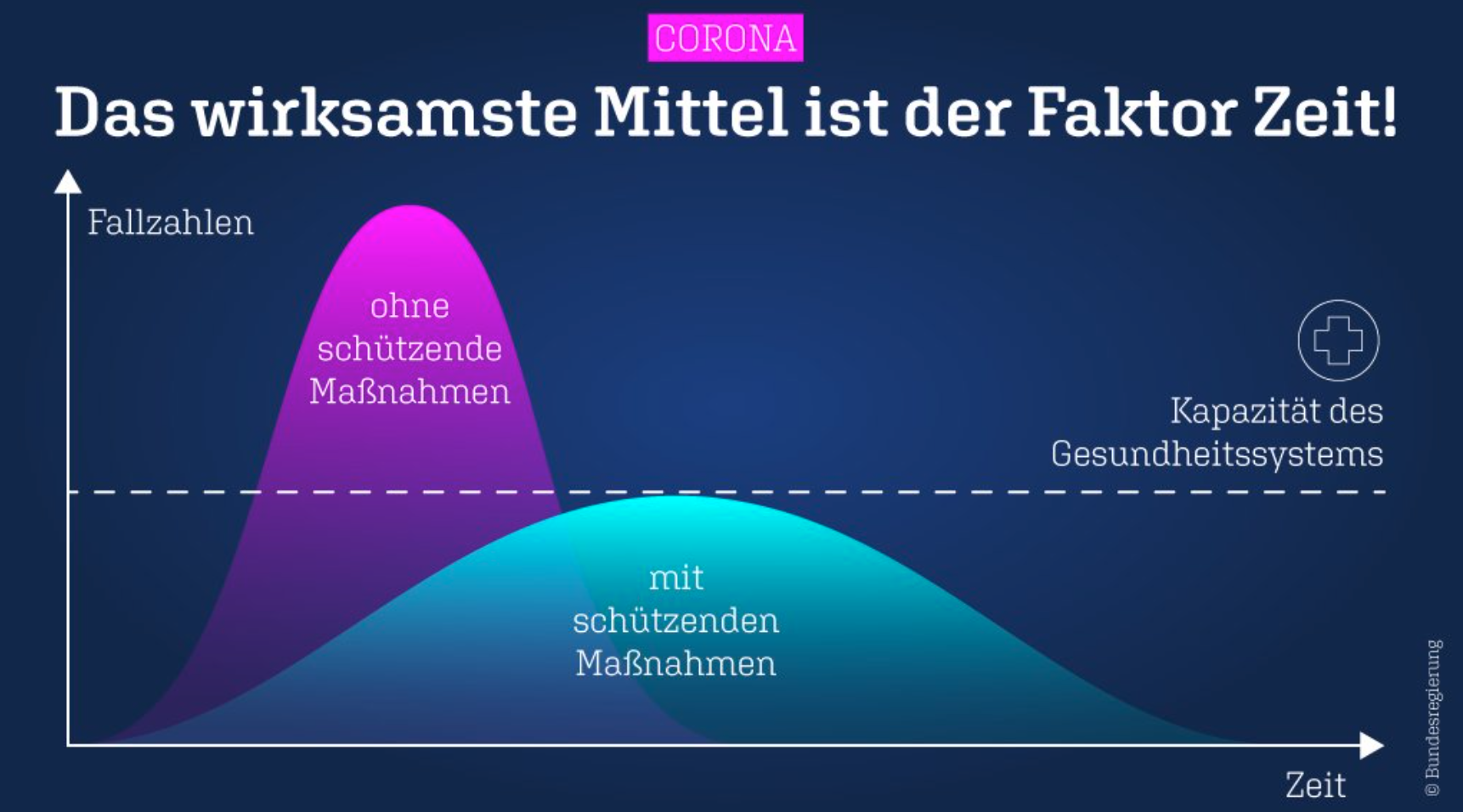Storytelling Series: 5 Rules for the Pharma and Healthcare Industry
After dealing with the curse of knowledge and storytelling principles in the first and second parts of our storytelling series for pharma and health, the third and final part is about emotional storyplots for the right target group.

Fourth Rule: Know your Target Audience
Knowing your audience and their level of knowledge is essential for a successful approach. Patients usually come across an issue for the first time. Pharmacists may only want a rough overview. Hospital managers, on the other hand, need actionable insights and a good understanding of the interrelationships. Doctors already have an extremely good understanding of a topic and are looking for the smallest details. Important questions are therefore: What does the audience already know? What misconceptions does it even have about this? What can it be surprised with?
Instead of creating a data visualization for everyone who might be interested, the specific target group and its needs should always be considered. It is also important at what stage of expertise the audience is when it comes to illustrations. Are you familiar with it or are you just getting to grips with the graphics?
Target Group: Addressing Patents or those affected
The information content of unknown or rare diseases is of great importance to patients. However, it is comparatively difficult for many organizations to draw attention to themselves. Celebrities are a great and emotional way to reach people. But social media can also be used to educate people about diseases or how to prevent them.
A good example of this is the anti-smoking campaign “Do it for everyone ” Barmer Krankenversicherung and the Federal Government Drug Commissioner. In it, the well-known presenter and former chain smoker Visa Vie takes on the challenge of convincing comedians Till Reiners and Moritz Neumeier not to smoke. The clip is particularly convincing thanks to the honest, authentic and funny exchange instead of a raised index finger. You’ll have to see for yourself whether Visa Vie manages to convince the two boys to quit in the end.
Target Group: Applicants and Employees
The healthcare industry was already suffering from a shortage of skilled workers before the coronavirus pandemic. This makes it all the more important for hospitals to break out of the uniformity of job advertisements and use unusual means to attract the attention of potential employees.
With a hospital, the analogy to a theater is not the first thing that comes to mind. This makes the employer branding campaign with which Saarbrücken Hospital is putting its employees in the spotlight and at the same time looking for new colleagues in the care sector for “the role of a lifetime” all the more exciting.

Fifth Rule for Pharma Storytelling: Choose the right Format
In books and films, different genres also have different content designs, the so-called story plots. The same applies to data stories. When the audience realizes that a story is a comedy, it is easier to classify the characters, symbols and actions. The same applies when evaluating the data: Is it a report, a prediction or a solution to a problem? Standardized plots therefore help to classify the respective values and filter out the most important findings. It must therefore be clear in advance which facts are actually to be told.
Below I have put together a few examples of what the story types for pharma and healthcare topics can look like:
Change over Time
This storyline serves to illustrate transformations. For example, the Tagesspiegel showed in an interactive report how the COVID-19 virus was able to spread across the globe.
Drill Down / Zoom Out
In the “drill-down” story, we drill deeper and deeper into the details like a detective. Like a quest, we are searching for the essence of truth. Zoom-out is the opposite of drill-down. You go from the specific to the general and thus recognize the “big picture”. By looking at the global or overarching picture, we can better categorize the detailed information or see what influence small changes can have on the whole.

Intersections
Turning points in data can also be shown. From a dramaturgical perspective, such portrayals are particularly exciting, as two or more protagonists come from different directions, meet at a certain point and then diverge again.

Factors
“Factors” bring together several storylines that all have a major causal effect, such as time and measures in the fight against corona.

Outliers
For the minimalists among the data storytellers, there is also the option of using outliers, the so-called Gallic villages, from the numerical results. The advantage of this method is that the data visualization focuses on the essentials. It shines the spotlight entirely on what stands out from the normal facts and figures to tell special stories beyond the norm. My personal favorite story plot.

If you would like to find out more about good storytelling in the healthcare sector, we recommend our comparison of the four German pharmaceutical associations in terms of content marketing.
Share this article
Related articles

3 May 2024








